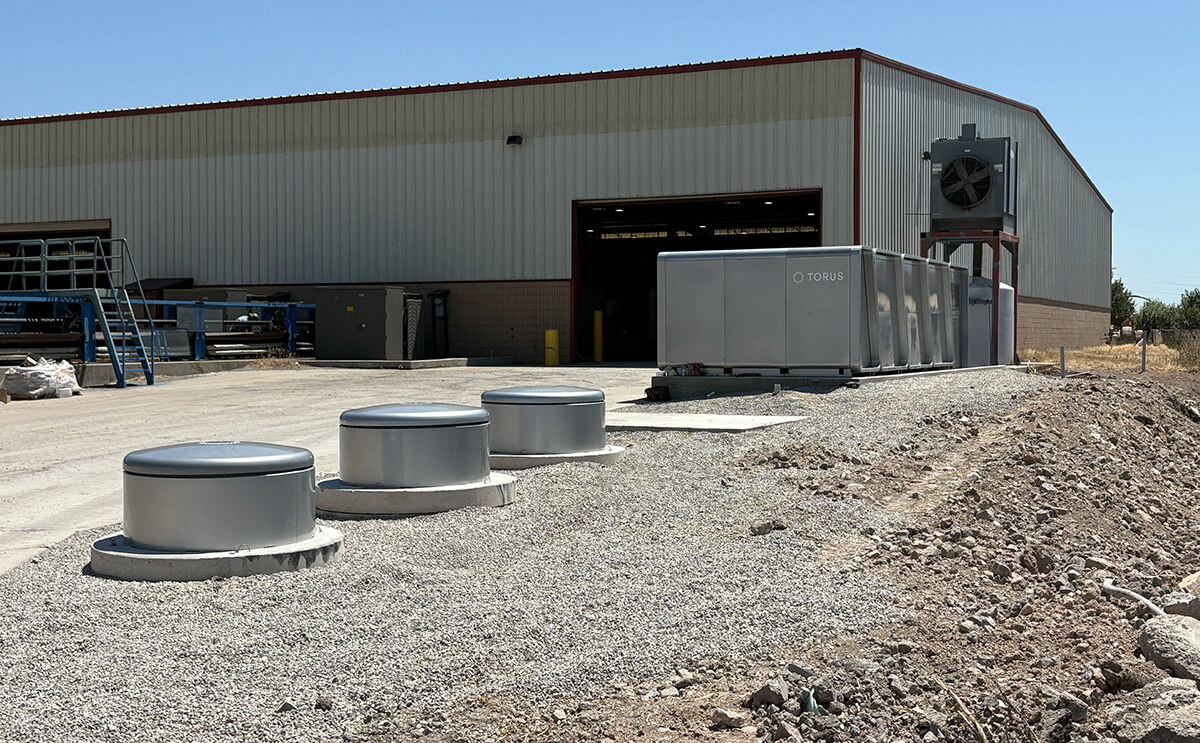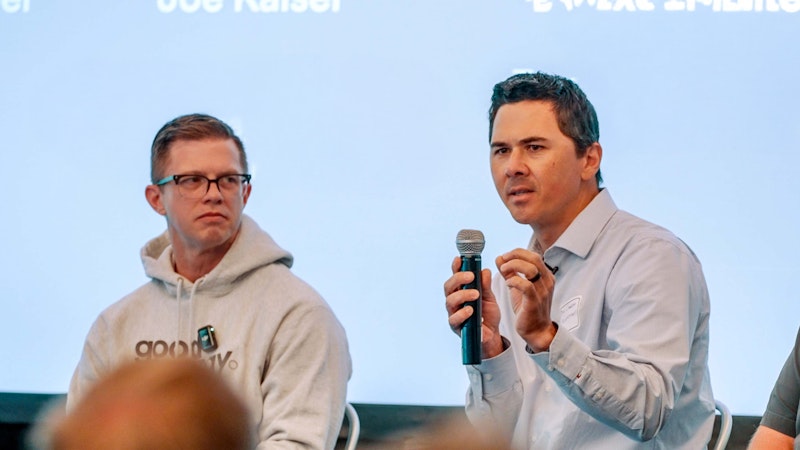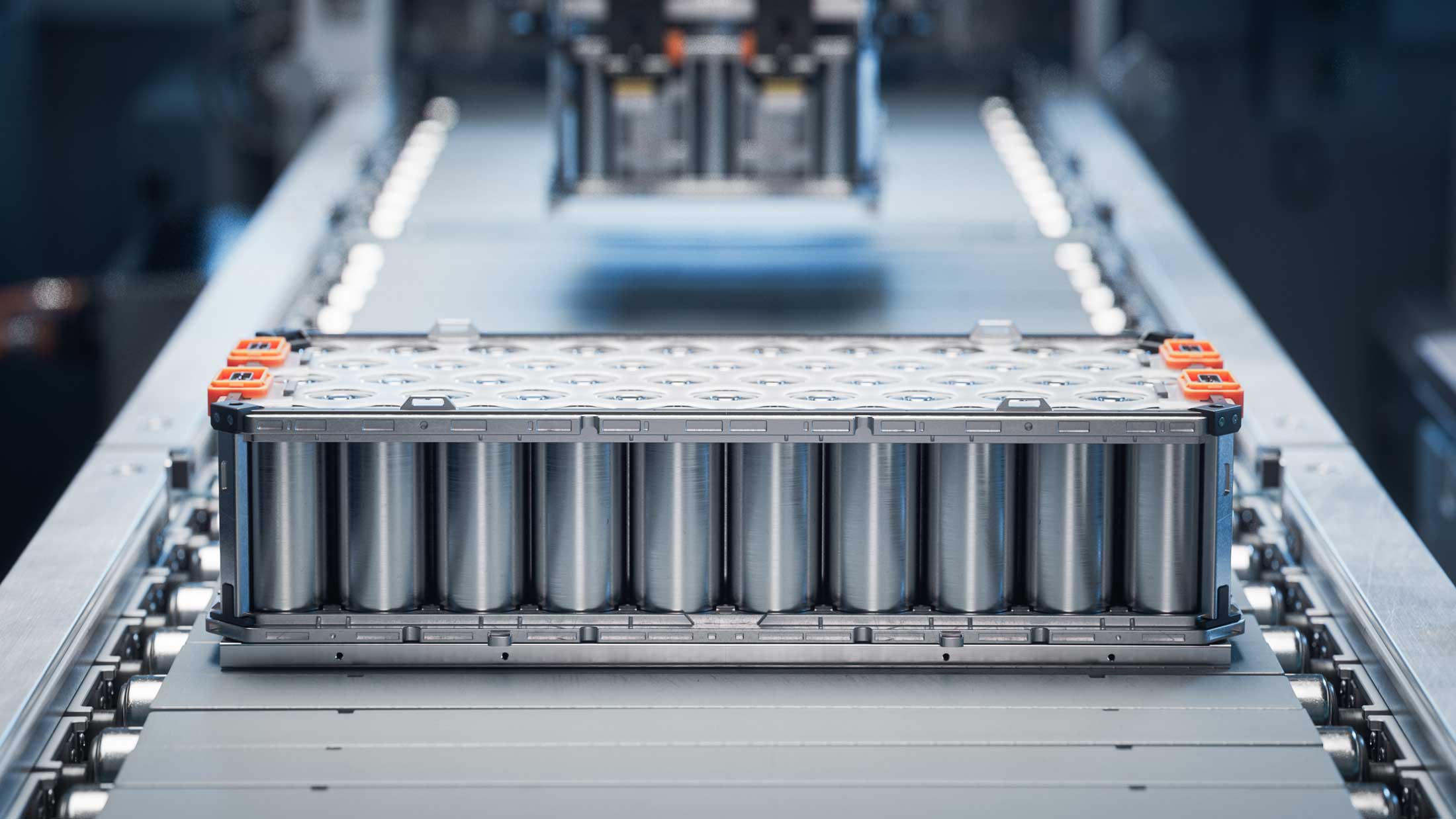By Nate Walkingshaw, Co-Founder & CEO at Torus
At Torus, we've placed multi-million-dollar battery orders with international suppliers for years. We’ve lived through shipping delays, geopolitical risk, and market volatility. And that was all well before tariffs arrived.
One of our core leadership priorities since founding the company has always been to build a domestic supply base wherever possible. With Ultion, we saw a rare opportunity to accelerate our learning while investing in a deeply capable team.
This isn’t a speculative play chasing battery hype. It’s a practical decision grounded in first principles, supply chain experience, and a clear-eyed view of where the chemical battery market is actually going—not where pitch decks say it might go.
We’re already buying batteries. Why not help build the right supplier?
What We're Doing Differently
Instead of continuing to send capital overseas and locking ourselves into transactional vendor relationships, we’re doubling down on two strategic paths.
First, we’re investing in a domestic partner who’s quite literally in our backyard. This is our strategy. Every PO we place with Ultion increases their capabilities and strengthens our ability to deliver resilient infrastructure at scale. It creates a closed loop with real upside.
Second, we’re expanding our supply chain to include multiple component suppliers. This brings in more competition, attracts deeper technical talent, and helps drive the advanced manufacturing our sector urgently needs.
Seeing a domestically built 3–6C-rated cell—with this level of performance is rare. These cells go toe-to-toe with top-tier global suppliers—and in some cases outperform them.
This Team Helped Build the LFP Market—and Then Scaled It Globally
Dr. Johnnie Stoker and the Ultion founding team are not new to this work. They helped commercialize lithium iron phosphate (LFP) chemistry during its early R&D phase in the U.S., then went on to build battery plants across Asia, Europe, and North America. Now they’re bringing that knowledge home and pushing the chemistry forward in ways that matter.
If you’re in the battery sector, this part will land: seeing a domestically built 3–6C-rated cell (compared to the typical 0.5C–1C) with this level of performance is rare. These cells go toe-to-toe with top-tier global suppliers—and in some cases outperform them.
They’re Engineers Who’ve Scaled, Not Pitchmen
Ultion is built by people who’ve lived the pain of scaling—not just theorized about it. They’ve shipped commercial products, passed tough audits, and stood up gigawatt-scale facilities in some of the most complex regulatory environments in the world.
We’ve already learned a ton from their team, and fast. Since partnering, they’ve helped Torus pass key safety and performance milestones—and avoid costly vendor mistakes we might’ve made otherwise.
Why LFP? Because It Works
There’s no shortage of “next-gen” battery pitches: sodium-ion, solid-state, metal-air. Most are still stuck in labs or limited pilots. LFP, by contrast, is proven, scalable, and safe. And it keeps getting better.
Let’s also clear up a common misconception. The battery storage failures that make headlines? They’re overwhelmingly caused by integration issues—subsystem errors, thermal system failures, poor ride-through controls—not chemistry. These are execution failures, not LFP problems.
LFP Is Moving Faster Than People Realize
Performance gains are showing up across the board: thermal regulation, charge rates, supply chain traceability, and consistency in production. Players like First Phosphate in Canada are improving raw material access, while cell manufacturers are pushing toward greater energy density and tighter QA processes.
Calling LFP “old tech” in 2025 always reveals who’s overlooking a proven workhorse. We need energy storage today, not five or ten years from now. The Ultion team knows this, and we must scale fast.
Here’s the strategic layer. Our hybrid platform combines long-duration flywheels with high-density LFP batteries. That pairing gives customers fast response and sustained dispatch without degrading the battery through over-cycling.
Where It All Comes Together: The Torus Platform
Here’s the strategic layer. Our hybrid platform combines long-duration flywheels with high-density LFP batteries. That pairing gives customers fast response and sustained dispatch without degrading the battery through over-cycling.
This is a core architectural thesis. Torus Sync, our flywheel system, absorbs fast spikes in power demand so the battery doesn’t have to. With Torus Pulse, our battery system, we extend the life and reliability of chemical batteries. The result is a distributed, resilient, and dispatchable hybrid power system built to scale.
And Yes, LFP Is One of the Most Recyclable Chemistries
Unlike nickel- or cobalt-based chemistries, LFP is safer to handle and easier to reclaim. That fits directly into our FESS platform thesis: build infrastructure that is recyclable, modular, and designed for long-term material stewardship.
Why We Bet on Ultion
We made a calculated investment with Ultion. But most importantly, we bet on people—not prototypes.
Ultion’s engineers have scaled chemistry under some of the most demanding technical and geopolitical conditions. They’ve done it before, and we’re confident they’ll do it again.
When it comes to batteries, you bet on teams that know how to ship.
Onward!
Nate

You May Also Like

Press Release
Torus Names Bill Comeau as Chief Utility Officer to Advance Utility Partnerships
With extensive experience across the energy sector, Comeau will lead Torus’ efforts to co-create new utility programs that enhance reliability and resilience.

In The News
Torus and Waterford School Honored by Utah Clean Energy for the Murray Science Center Project
Torus and Waterford School were recognized by Utah Clean Energy and the Utah Association of Energy Engineers (AEE) Utah Chapter for outstanding achievement in sustainable energy innovation.
